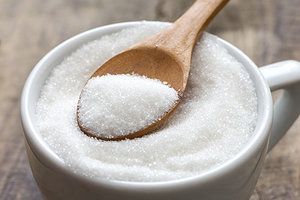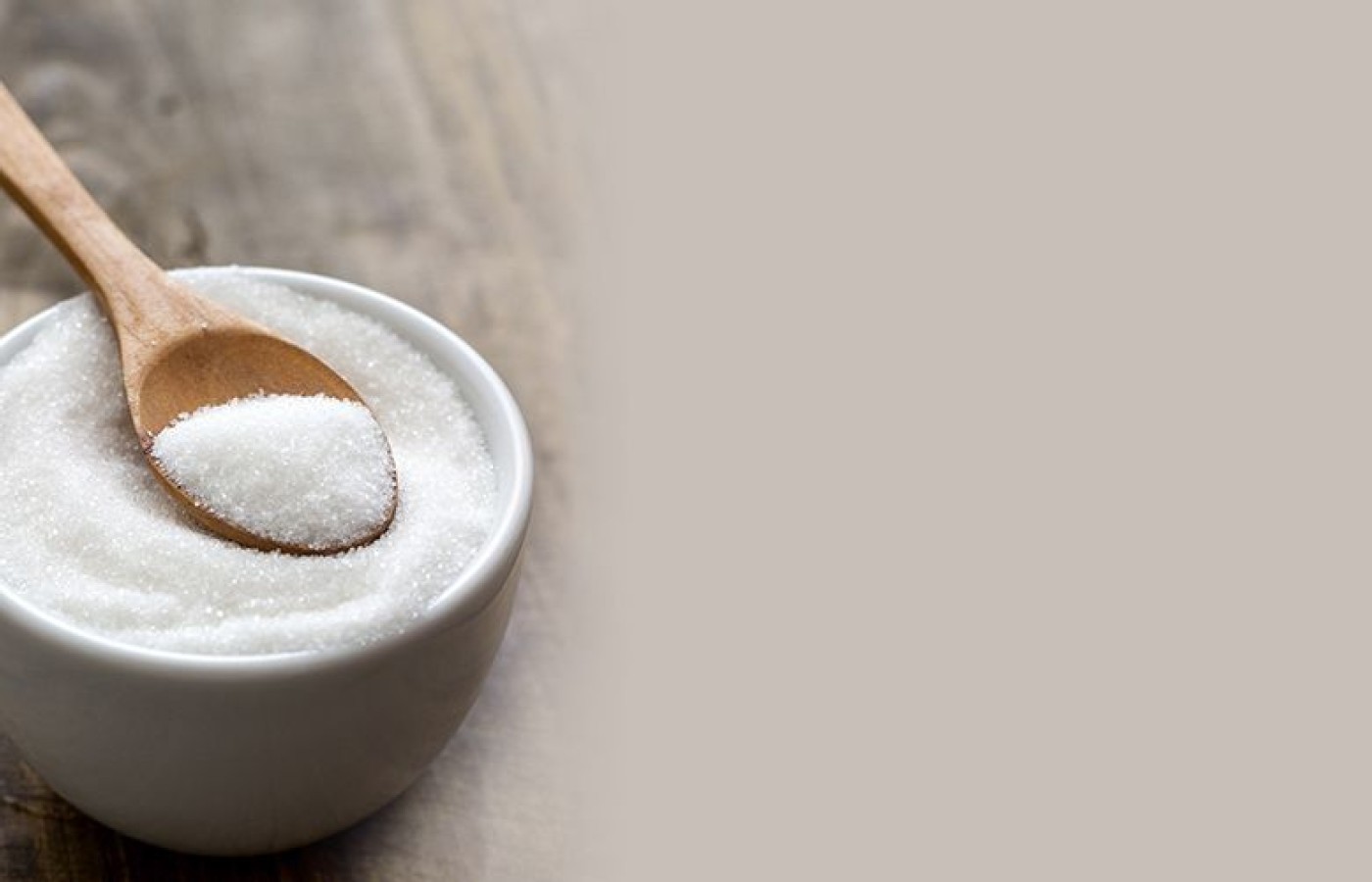Whether you accept it, avoid it or live somewhere in between, insurance coverage has become a defining issue for our profession. Patients increasingly expect to use their benefits, practitioners want to be compensated fairly for their time and expertise, and the system itself remains – at best – fragmented. The encouraging news is that coverage has expanded in meaningful ways. The challenging news is that reimbursement, across the board, remains inadequate.
The "Other" White Crystal: There's More Than One Addiction in America
Traditional Chinese Medicine (TCM) is considered holistic medicine, this includes our knowledge base and ability to provide sound, and evidence based nutritional advice. Like the scientist of the Newtonian Age traditional healing is often guided by the concept of Occam's razor which states, "We are to admit no more causes of natural things than such as are both true and sufficient to explain their appearance."
TCM practitioner's advice is often rooted in simplicity to listen to what your body or your brain is craving. But is this enough? There are three regions of the brain—the hippocampus, insula, and caudate which appear to be activated during food-craving episodes. But how do you know the difference in what you need and what you crave.
For example, sugar activates the reward center of the brain known as the nucleus accumbens as does nicotine, cocaine, heroin and alcohol.1 It turns out sugar stimulates the release of a neurotransmitter known a dopamine. Which leads to the vicious cycle of the more we use a substance the less dopamine we produce naturally in the brain and the more habituated our brain cells become to the dopamine that is produced.
Are you Prepared?

NCCAOM requires 21 hours of holistic care divided into four categories which include: nutrition, bodywork, exercise and patient education. Theoretically, this means the licensed acupuncturist may only have about five hours of formal education in diet or nutrition. TCM providers are uniquely qualified even if their nutritional training is minimal thanks to their rooted understanding in the basic harmony of cosmic law revealed by the concepts of yin and yang. Is this enough to provide sound dietary advise to your patients with no further effort? I say no; however, this article gives you the evidence you need to give sound advice on the consumption of the other white crystal.
Diet Changes Move the Needle
It is likely we all have read, heard and advised our patients about diet changes. There is no one diet to fit all but there are very simple things everyone can do to improve nutrition that are low cost with high a payout. Today we can safely say the case against sugar can be confirmed with research. More than one-third of U.S. adults (34.9 percent or 78.6 million) have obesity and obesity-related conditions include heart disease, stroke, type 2 diabetes and certain types of cancer that are some of the leading causes of preventable and premature.2
In one study of over 120,000 healthy women and men spanning 20 years, researchers determined that weight change was most strongly associated with the intake of potato chips, potatoes, sugar-sweetened beverages, and both processed and unprocessed red meats.3
Frequently drinking sugar-sweetened beverages is associated with weight gain/obesity, type 2 diabetes, heart disease, kidney diseases, non-alcoholic liver disease, tooth decay and cavities, and gout, a type of arthritis. It has been estimated one sugar-sweetened beverage a day can lead to a weight gain of five pounds per year—over 40 years this could total nearly 200 pounds of weight gain per person. In 1989 to 2008, calories consumed in the form of sugary beverages increased by 60 percent in children ages 6 to 11, and the percentage of children consuming them rose from 79 percent to 91 percent.4
Consider this—the overall sugar consumption since 1900 and our increase in obesity compared with the staggering rise in health care cost. In the 1900s in the U.S. the average person consumed 90 pounds of sugar per year, contrast this with diabetes rate affecting 1.9 million people.
In the book, "The Case Against Sugar" Gary Taubes points out more than half of Americans consume a half pound of sugar daily.5 That adds up to 180 pounds of sugar per year, per person. Contrast that against the rate of diabetes in 2008 increased to 26.6 million.
High-fructose corn syrup (HFCS) is a sweetener made from corn starch that has been processed by glucose isomerase to convert some of its glucose into fructose. Sugar is also made up of half glucose and half fructose to form a molecule. One study demonstrates the correlation between the rapid rise of diabetes and the introduction of high fructose corn syrup.6 A study done by Goran and Uijaskek showed diabetes prevalence is 20 percent higher in countries with higher availability of HFCS compared to countries with low availability.7
Fructose a deadly toxin for the liver. Glucose can exist in nature without fructose known as starch. To metabolize glucose we need insulin, which allows all cells to use glucose to promote energy or storage into fat cells. Excess glucose in the liver will be converted to triglycerides. Fructose in never found alone in nature and is always partnered with glucose. Fructose is metabolized differently than glucose, it will not stimulate insulin release, it cannot enter most cells, and it is absorbed in the gastrointestinal tract, once in the liver cells it enters a pathway in the liver of lipogenesis. There is a growing scientific consensus that one of the most common types of sugar, fructose, can be toxic to the liver, just like alcohol.
One Change—Big Difference
Paul Pitchford in his landmark book "Healing With Whole Foods," states natural sugar is refined and concentrated the life force is dispersed the natural balance upset creating a state of disease and unhappiness.8 Holistic medicine is based on the principal the body is self-healing and self-regulating. The holistic providers is there to assist the person to take back the responsibility for their own health and healing.
As TCM providers, we have an unprecedented opportunity as a trusted health care partner to provide critical advice based on the principals of Chinese medicine peppered with current evidence. The holistic provider can no longer give anecdotal dietary advice and must provide the patient with the facts; refined sugar is toxic and is a cause of untold death and disease.
References
- Avena NM, Rada P, et al. Evidence for sugar addiction: Behavioral and neurochemical effects of intermittent, excessive sugar intake. Neurosci Biobehav Rev, 2008;32(1):20-39.
- Centers for Disease Control and Prevention. Adult Obesity Facts: Overweight & Obesity, 2019.
- The Nutrition Source. The Best Diet: Quality Counts. Harvard School of Public Health, 2019.
- The Nutrition Source. Sugary Drinks and Obesity Fact Sheet. Harvard School of Public Health, 2019.
- Taubes G. The Case Against Sugar. New York: Knopf Doubleday, 2008.
- White JS. Straight talk about high-fructose corn syrup: what it is and what it ain't. The American Journal of Clinical Nutrition, 1 Dec 2008;88(6):1716S–1721S.
- Goran MI, Ulijaszek SJ, et al. High fructose corn syrup and diabetes prevalence: a global perspective. Glob Public Health, 2013;8(1):55-64.
- Pitchford P. Healing with Whole Foods. Berkeley: North Atlantic Books, 2002.



